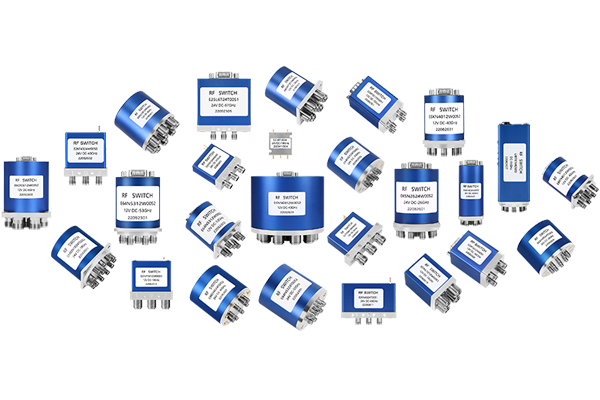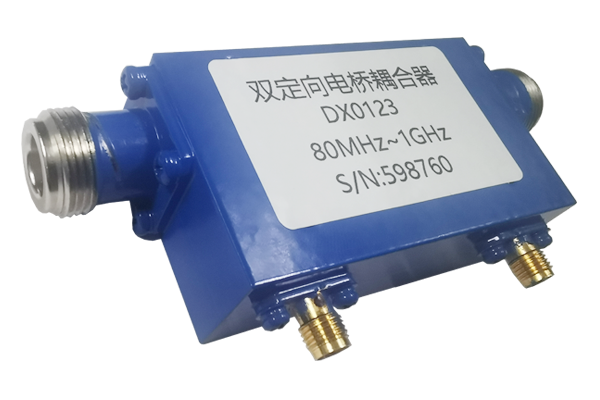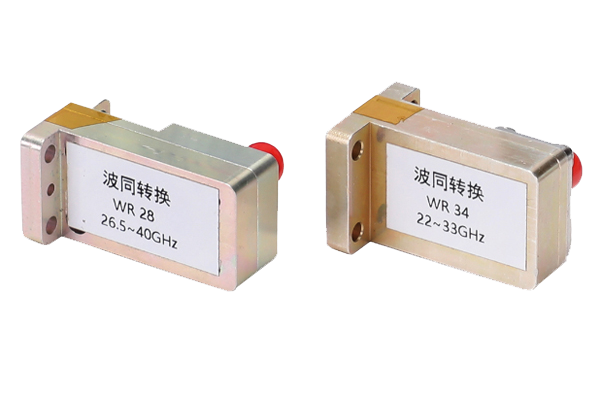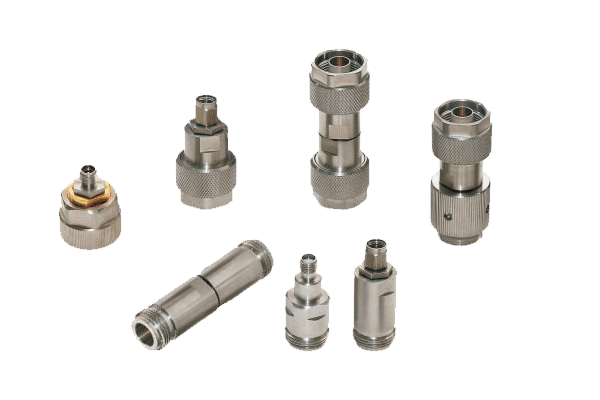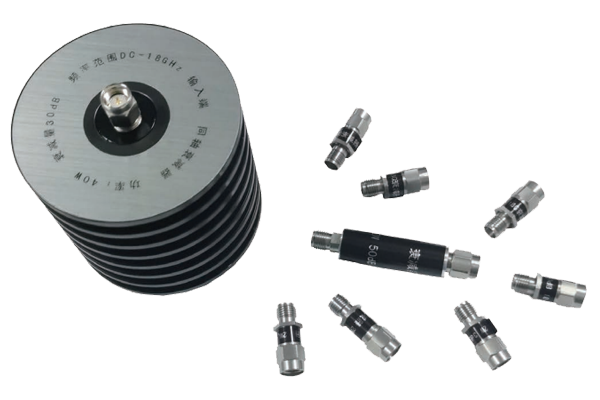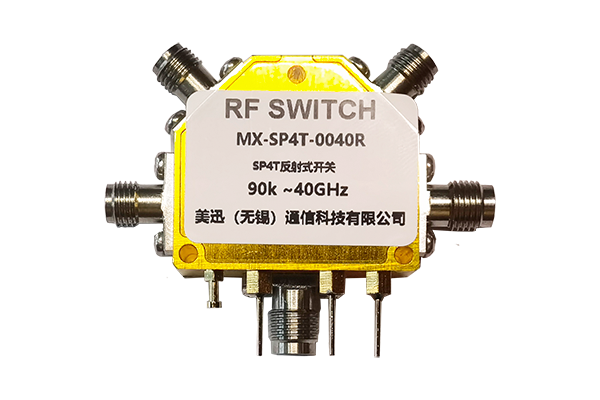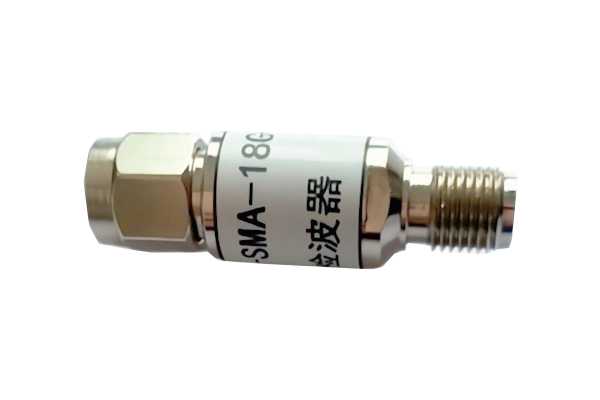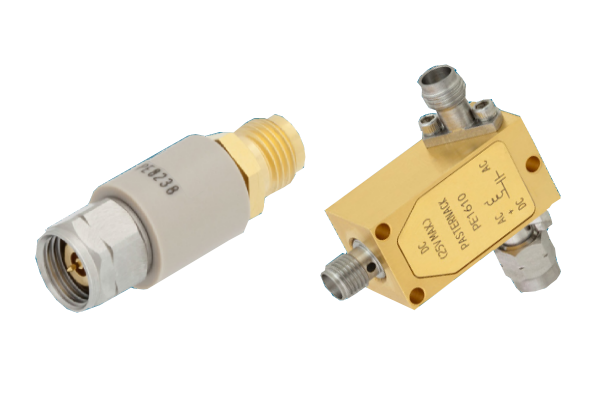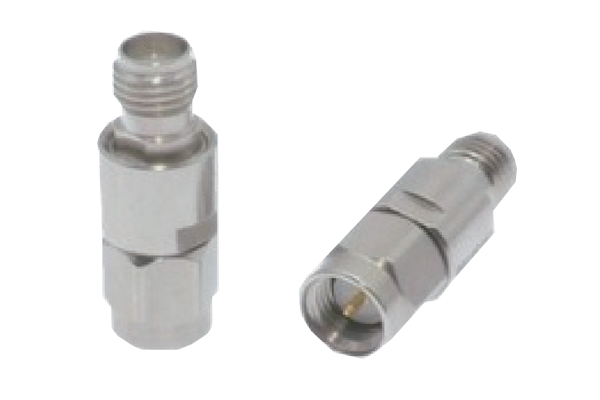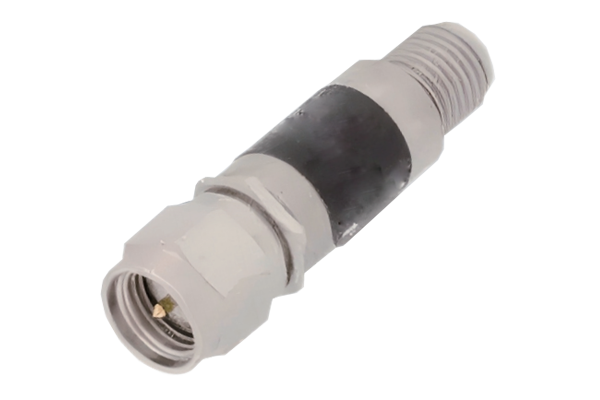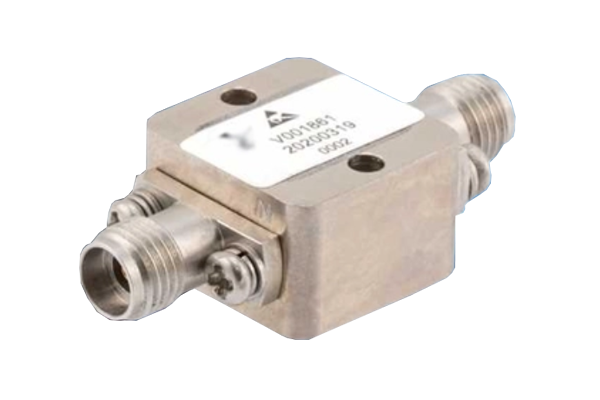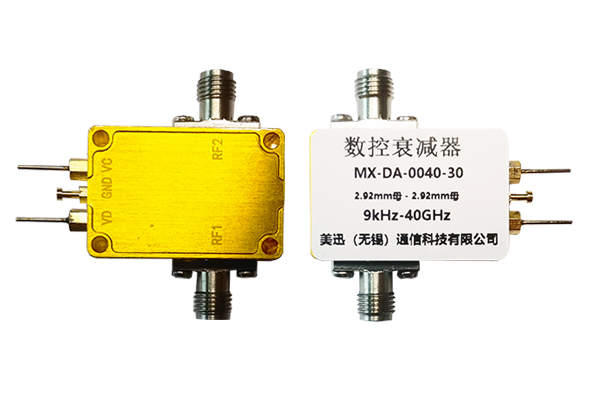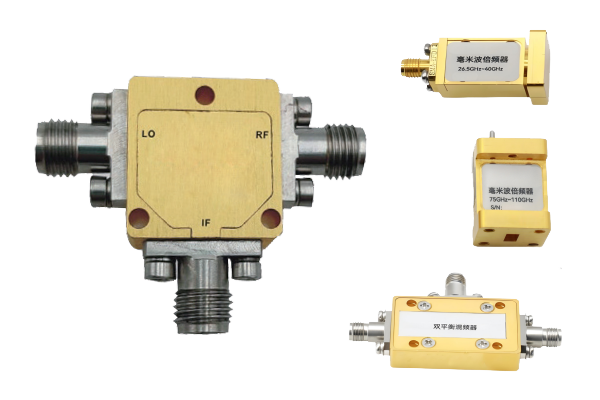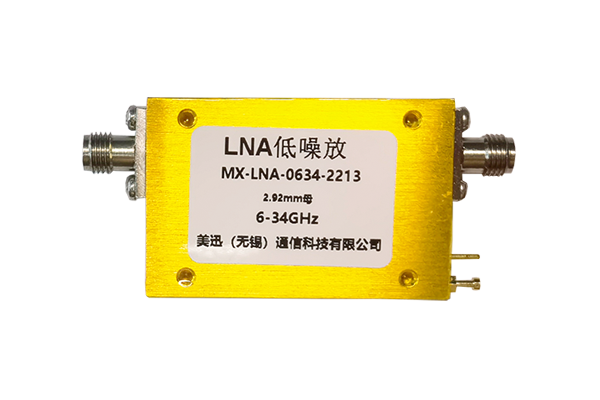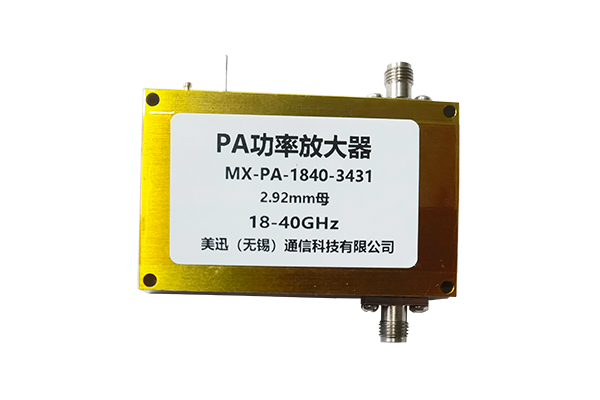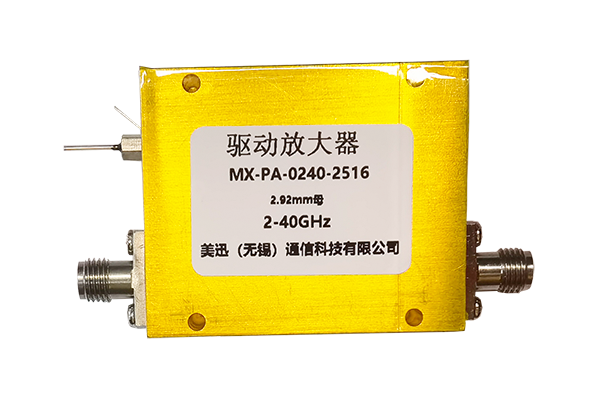What are the key points of impedance matching of coaxial switch
Understand characteristic impedance
The characteristic impedance of coaxial switch is its important parameter, and common ones are 50Ω and 75Ω. In design and application, the characteristic impedance of the switch must be clear, and the coaxial cable, RF device, etc. connected to it must also have the same characteristic impedance to achieve initial impedance matching.
Port matching
Each port of the coaxial switch should achieve good impedance matching. For the input port, ensure that the output impedance of the input signal source is equal to the impedance of the switch input port. For the output port, the impedance of the switch output port should be matched with the impedance of the subsequent load (such as coaxial cable, antenna, etc.). This can be achieved by adding a suitable matching network at the port, such as using an LC matching network, a microstrip line matching segment, etc.
Frequency characteristics
Impedance matching should achieve good performance within the operating frequency range. Since the impedance characteristics of the coaxial switch may change with frequency, it is necessary to adopt broadband matching technology or optimize the design for different frequency bands. For example, using a multi-section λ/4 impedance transformer can achieve better impedance matching over a wider frequency range.
Wiring and installation
The connection wiring between the coaxial switch and other devices should be as short and straight as possible to reduce the influence of the parasitic parameters of the transmission line on the impedance matching. At the same time, avoid bending and crossing of the wiring to prevent additional reflections and losses. When installing the switch, ensure that it has good contact with the circuit board or other mounting structures to avoid impedance discontinuity due to poor contact.
Testing and debugging
In practical applications, instruments such as vector network analyzers are required to test and debug the impedance matching of the coaxial switch. By measuring parameters such as reflection coefficient and standing wave ratio, the effect of impedance matching is evaluated, and the matching network is adjusted and optimized according to the test results to achieve the best matching state.



